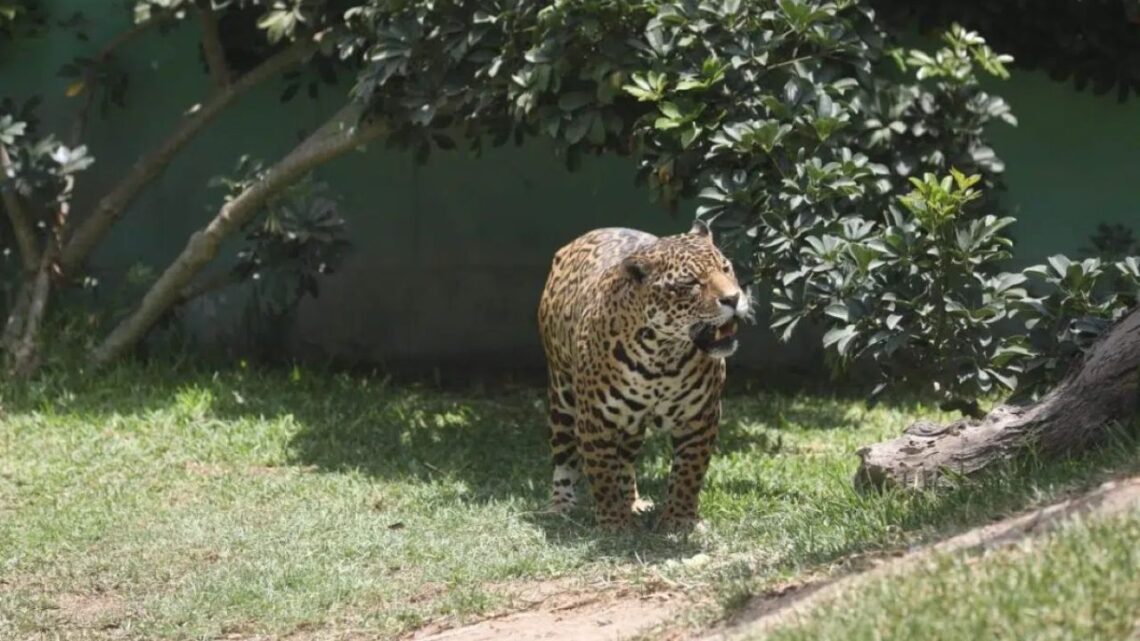The Peruvian government has unveiled a landmark proposal to shut down all zoos across the country within the next 10 years. The plan is part of a broader effort to promote animal welfare, conservation, and ethical treatment of wildlife.
Inspired by Argentina’s successful transition to wildlife-focused “eco-parks,” Peru’s reform seeks to replace traditional zoos with rehabilitation centers, wildlife sanctuaries, and educational facilities.
This proposal marks a major cultural and environmental shift in how Peru manages its biodiversity — moving from animal exhibition to protection and rescue.
Why Peru Wants to Close Zoos
The initiative was driven by growing public concern about animal captivity and poor conditions in some Peruvian zoos. Reports of overcrowding, neglect, and inadequate medical care for animals have fueled calls for reform.
Authorities and conservationists agree that traditional zoos are outdated, focusing more on entertainment than conservation. The new vision aims to:
- End animal confinement for public display.
- Transform existing zoos into eco-parks or rehabilitation centers.
- Promote education and awareness about wildlife protection.
- Encourage rehabilitation and rewilding programs for native species.
Key Points of the 10-Year Closure Plan
| Feature | Description |
|---|---|
| Duration | Gradual closure of all zoos over a 10-year period |
| Scope | Applies to both public and private zoos |
| New Constructions | No new zoo facilities will be authorized after the law takes effect |
| Animal Transition | Animals will be moved to rescue, rehabilitation, or eco-park centers |
| Education Component | Schools will promote lessons on animal welfare and biodiversity conservation |
| Funding Source | Implementation to be covered by environmental and local government budgets, without extra taxpayer burden |
| Supervising Agency | Ministry of the Environment and regional authorities will oversee the transition |
Argentina’s Influence on Peru’s Plan
Argentina’s transformation of the Buenos Aires Zoo into a modern eco-park served as a model for Peru’s reform.
Instead of keeping wild animals in cages for display, Argentina converted the facility into a sanctuary for rescued animals and a center for environmental education.
Peru aims to adopt a similar model — where learning replaces spectacle, and the focus is on rehabilitation, conservation, and awareness rather than on public entertainment.
The Expected Impact of the Zoo Closures
1. Better Animal Welfare
Animals will no longer live in small enclosures or be used as tourist attractions. Instead, they will be placed in more natural environments designed for recovery and well-being.
2. Modernized Conservation Approach
Peru plans to strengthen its biodiversity programs and create protected habitats that allow species to thrive without human exploitation.
3. Public Education Shift
The reform encourages citizens, especially students, to engage in environmental learning and wildlife conservation, replacing the traditional idea of observing animals in captivity.
4. Tourism Reorientation
While traditional zoo tourism may decline, new opportunities will emerge in eco-tourism, wildlife photography, and community-based conservation projects.
Challenges Ahead
While the initiative has been praised globally, experts highlight some key challenges:
- Relocating thousands of animals will require careful planning, veterinary support, and new facilities.
- Funding and coordination between national and regional governments will be essential.
- Some species born in captivity may struggle to adapt to wild conditions.
- Public education will need to emphasize the long-term benefits of this reform to overcome resistance from those attached to traditional zoos.
Despite these hurdles, environmental groups view the proposal as a historic step forward in Latin American animal protection.
Peru’s Zoo Closure Plan
| Aspect | Details |
|---|---|
| Announcement Year | 2025 |
| Full Implementation Target | 2035 |
| Zoos Affected | All public and private zoos |
| Main Goal | End animal captivity and promote conservation |
| Transition Plan | Convert zoos into rehabilitation and eco-education centers |
| Inspired By | Argentina’s Buenos Aires Eco-Park model |
| Core Focus | Animal welfare, education, and conservation awareness |
| Estimated Duration | 10 years |
| Funding | Government and local authorities, no new taxes |
Peru’s ambitious plan to close all zoos within the next decade represents a groundbreaking commitment to animal rights, conservation, and environmental education.
Inspired by Argentina’s eco-park transformation, the country is taking bold steps to modernize how it treats wildlife — shifting from captivity to compassion.
If successfully implemented, Peru could become a regional leader in humane wildlife policy, setting an example for other nations to follow in building a future where animals live free and ecosystems thrive.









